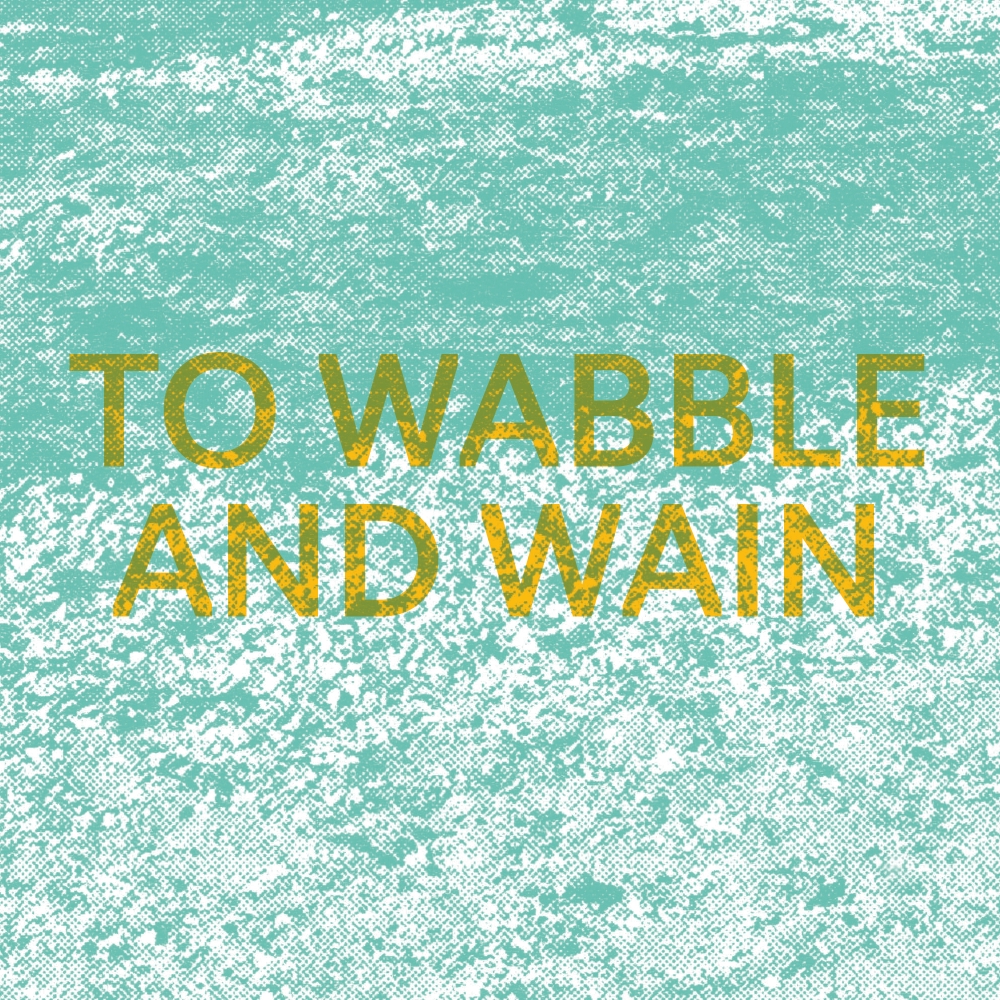To Wabble and Wain

- To Wabble and Wain 37:24 - Tim Shaw & Chris Watson
“Old Hampshire words - Wabble: to shake or vibrate Wainy: uneven, or not straight”
This soundscape composition is a mosaic of field recordings collected in diverse environments across the Hamble Peninsula. Many of the recordings reveal aspects of the natural environment which are not usually accessible to our limited human ears. Using a range of microphones and acoustic technologies we were able to listen underwater, hear ultrasonic activity and amplify micro-sonic resonances.
We begin with the subaquatic sounds of the Hamble River collected using hydrophones, which reveal sound waves present beneath the water’s surface. We submerged two hydrophones from the pontoon of the River Hamble Harbour Master’s Office, listening into acoustic activities including pistol shrimp, oysters, limpets, barking fish and, the many boat engines which enter and exit the river every day.
We move south to Southampton Water, a huge river connecting the south of England to the rest of the world. As tidal sound retreats it exposes small mud dwelling creatures, the perfect lunch for wading birds such as oystercatchers and curlew.
The next recording is made in a much drier environment, Hamble Common. On a hot summer day the reed beds, mud flats and meadows are the ideal home for a range of grasshoppers, beetles and other invertebrates. Using microphones capable of recording ultrasonic sounds we collected insect calls with a wide-frequency band. Slowing down these recordings reveals a whole world of sonic activity not normally available to the human ear.
Next we visited the tidal pools which reveal themselves in the mud flats at low-tide. In this small body of water we hear sub-aquatic insects. Above the surface we hear the clicking and popping of the mud banks as the tide continues to retreat. On this hot and sunny day we can also hear the voices of many people around the river in the background.
Moving inland we hear young people enjoying the Pontoon at River Hamble Country Park.
Finally, as the sun sets, different species emerge. Bats, owls and nocturnal insects are heard across the peninsula. We listen into the ultrasonic signals sent from Pipistrelle and Daubenton’s bats as they hunt for insects along the water’s edge.
To Wabble and Wain brings together a diverse range of human and more- than-human voices, many of which are usually outside of our perceptual reach. Listening to the environment in this way encourages us to think about the many species we share our world with but do not always consider.
 ORTF set up on the banks of the Hamble River [Image: Tim Shaw, 2024]
ORTF set up on the banks of the Hamble River [Image: Tim Shaw, 2024]
 Recording Mercury Marshes in the Hamble Penisula [Image: Tim Shaw, 2024]
Recording Mercury Marshes in the Hamble Penisula [Image: Tim Shaw, 2024]

Peninsula Sounds is a sonic investigation into the Hamble Peninsula. 6 audio works, created by 5 artists across 2024, explore the area’s past, present and future. This includes seasonal wildlife, conversations with residents, historic folk songs from the area and underwater explorations. It was produced by Wild Museum as part of Peninsula Sounds. Peninsula Sounds is a sound archive project commissioned by Eastleigh Borough Council, using Developer’s Contributions for public art.
Listen on the Wild Musuem Bandcamp
For the full project see this publication